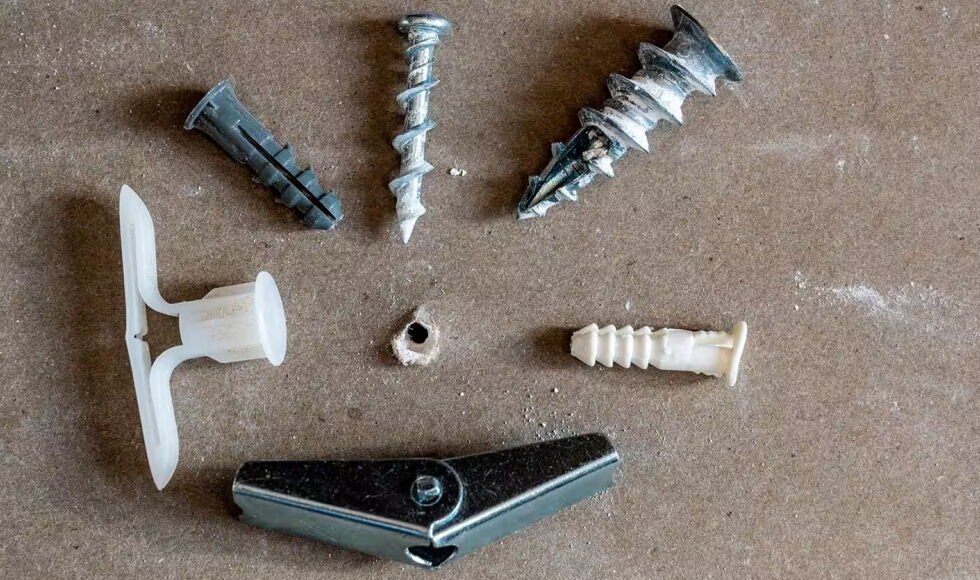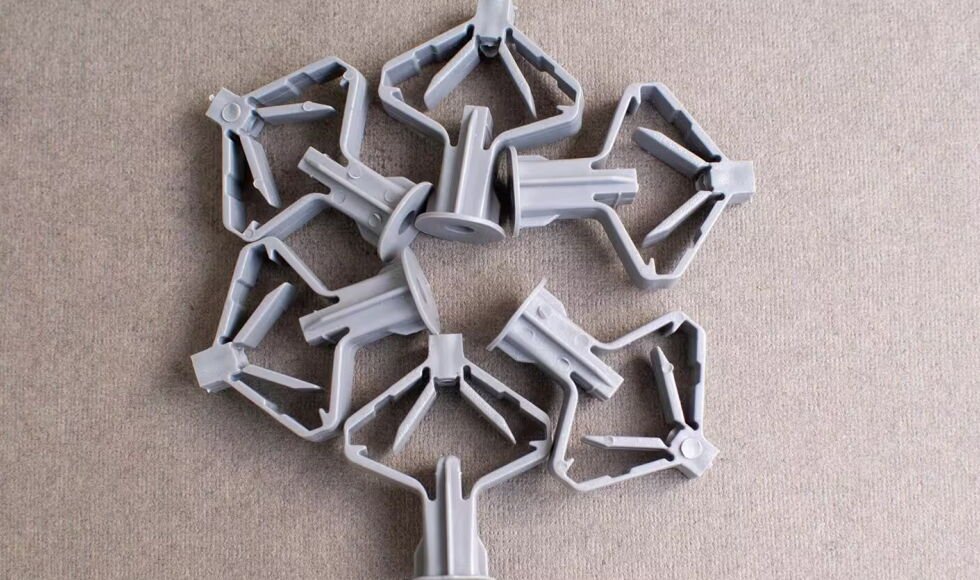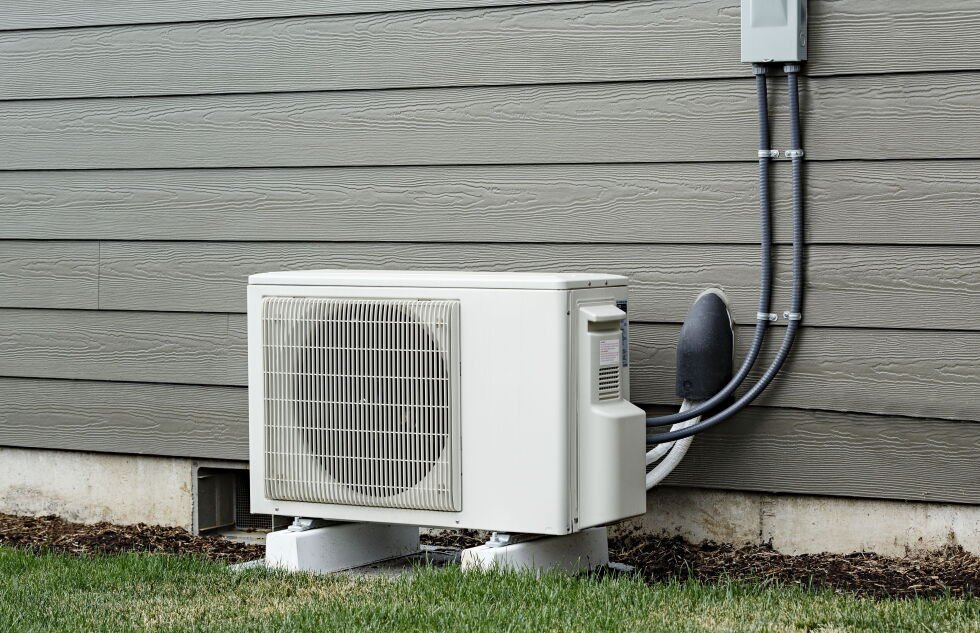Introduction to Ceiling Anchors
Ceiling anchors are indispensable tools for mounting and suspending various objects from overhead surfaces. Whether for home projects or industrial applications, understanding the types of ceiling anchors available ensures that you can safely and effectively support heavy loads. This guide delves into the different types of ceiling anchors, their weight capacities, and key considerations when selecting the right one for your needs.
What Are Ceiling Anchors?
Ceiling anchors are specialized fasteners designed to secure items to ceilings without risking damage or detachment. By distributing the weight across a wider area, these anchors can hold significant loads safely. They vary in material (metal, plastic), size, and design, making them suitable for a range of applications from hanging lights to supporting heavy equipment.
Key Types of Ceiling Anchors
Understanding the various types of ceiling anchors is vital for any DIY enthusiast or contractor. The primary types include:
1. Toggle Bolts: Ideal for heavy-duty applications, toggle bolts feature a spring-loaded mechanism that expands behind the drywall, supporting weights of over 100 pounds.
2. Molly Bolts: These versatile anchors expand once inserted into the ceiling, making them great for medium-heavy loads, with a weight capacity of up to 50 pounds.
3. Threaded Ceiling Anchors: Best for lightweight applications, these can hold objects weighing between 10 to 25 pounds.
4. Lag Shields: Heavy-duty anchors designed for concrete or masonry, capable of supporting over 200 pounds.
5. Adhesive Ceiling Anchors: Perfect for lightweight items, these anchors use strong adhesives and can hold up to 10 pounds.
Factors to Consider When Choosing Ceiling Anchors
When selecting the right ceiling anchor, several factors are crucial:
1. Ceiling Material: The nature of the ceiling material (drywall, wood, concrete) plays a key role in determining anchor type.
2. Load Capacity: Always check the weight limits of each anchor type and account for any added forces that may affect stability.
3. Installation Complexity: Some anchors are easier to install than others; ensure you have the necessary tools and skills.
4. Environmental Conditions: Consider anchors made from corrosion-resistant materials for areas prone to moisture.
5. Aesthetic Concerns: If visibility matters, choose anchors that can remain hidden post-installation.
Heavy-Duty Applications for Ceiling Anchors
Ceiling anchors have critical roles in both residential and commercial settings. Common applications include:
1. Industrial Lighting: Large fixtures in warehouses need robust anchors.
2. HVAC Systems: Ducts and units require anchors that withstand vibrations, typically lag shields.
3. Gym Equipment: Items like pull-up bars necessitate high-capacity anchors.
4. Overhead Storage Solutions: Racks in garages benefit from strong anchors.
5. Ceiling Fans: Ensuring ceiling fans are anchored properly prevents safety hazards.
Best Practices for Installing Ceiling Anchors
To ensure reliable and safe installations, follow these best practices:
1. Assess the Ceiling Material: Confirm the type and thickness of the ceiling before selecting anchors.
2. Pre-Drill Holes: If required, pre-drill to enable easier and more accurate installation.
3. Use a Stud Finder: Locate ceiling joists to provide additional support.
4. Follow Weight Guidelines: Never exceed the anchor’s specified weight limit.
5. Conduct a Test Load: Gradually applying weight can help ensure the anchor is secure.

Innovations in Ceiling Anchor Technology
Advancements in ceiling anchor technology have resulted in quicker and more secure installations. Innovations include:
1. Self-Drilling Anchors: These combine the drill bit and anchor, allowing for faster installation.
2. Corrosion-Resistant Options: New coatings extend lifespan in humid environments.
3. Foam Anchors: These adapt to irregular surfaces, providing better grip and hold.
FAQ
How do I know which ceiling anchor to use?
To choose the right ceiling anchor, consider the weight of the item you’re hanging, the ceiling material, and the anchor’s load capacity.
Can I use ceiling anchors in outdoor settings?
Yes, but ensure to use anchors that are specially designed for outdoor use to withstand elements.
What tools do I need for installing ceiling anchors?
Basic tools include a drill, screwdriver, stud finder, and possibly a level for alignment.
Is it necessary to follow weight guidelines?
Absolutely; exceeding weight limits can lead to anchor failure and potential accidents.












